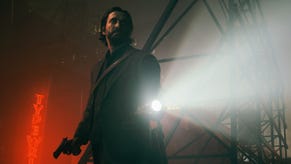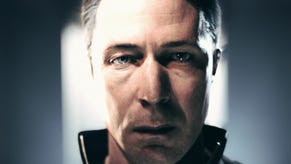Tech Analysis: Alan Wake
Midnight feast.
As console exclusives for PS3 and Xbox 360 become rarer, the attention from media and gamers on first-party software has become more intense. Multiformat software does and will continue to break new technological barriers (Bad Company 2 anyone?), but the focus is on the exclusives to see the consoles pushing back the boundaries, unencumbered by the need to accommodate the limitations of a competing platform.
Few can argue with the assertion that Sony's mammoth network of first-party games studios has produced astonishing software in recent times. Uncharted 2: Among Thieves and God of War III see the PS3 producing state-of-the-art visuals and gameplay that seem to hurdle the hardware limitations of the console running them almost effortlessly. But what of Xbox 360? Recently the focus from Microsoft has shifted elsewhere (most likely towards a certain camera-based device), with the platform holder seemingly happy to let third parties cater for the core gamer.
The emergence of Halo: Reach and Alan Wake looks set to change things. We took a look at Bungie's latest beta test last week, and today our gaze shifts towards Remedy's five-years-in-the-making survival horror epic, Alan Wake. Digital Foundry's love for Nordic games and their developers is well documented and an initial look at the Remedy game merely reinforces our belief that game-makers in this part of the world seem uniquely equipped to produce stunning titles, each with their own distinctive, impressive tech.
Of course, Alan Wake has not been without its controversies - for example claims that the game falls short in running in "proper" HD on a console designed for the high-definition era. So, to begin with, let's get the resolution issue out of the way once and for all.
Is Alan Wake rendering at 960x540? Is it full-fat 720p? Or is it somewhere in-between? We talked about Remedy's response to the pixel counters in a previous DF blog post. While the developer was implying heavily that the game was running at the standard HD resolution of 1280x720, there was nothing in the text that outright denied what screenshot analysis revealed - that the base resolution of the framebuffer itself was 960x540.
There were initial reservations expressed about the source of the analysis - Remedy talked about downscaled videos, for example. However, the screenshots themselves that were the basis of the discussion emanated from German games site VideoGamesZone.de, and we can attest to the quality of the shots since these guys use Digital Foundry capture gear and have done for three years.
Therefore, perhaps not surprisingly, our own internal analysis matches what the pixel-counters say: Alan Wake's native resolution is indeed 960x540, with 4x multi-sampling anti-aliasing. This is not to discount the very pertinent points Remedy raised in its statement - the framebuffer is put together from a range of different elements each with their own specific technical make-up and resolution and this has a big bearing on the overall image quality.
Alan Wake features some unique rendering technology, and the whole is far greater than the sum of its parts, of which framebuffer resolution is just one. Yes, it's significantly sub-HD, but the visual composition of the game makes this far less of an issue than you'd expect.

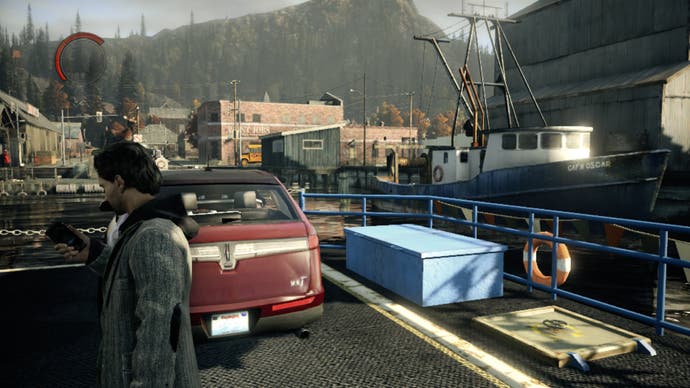
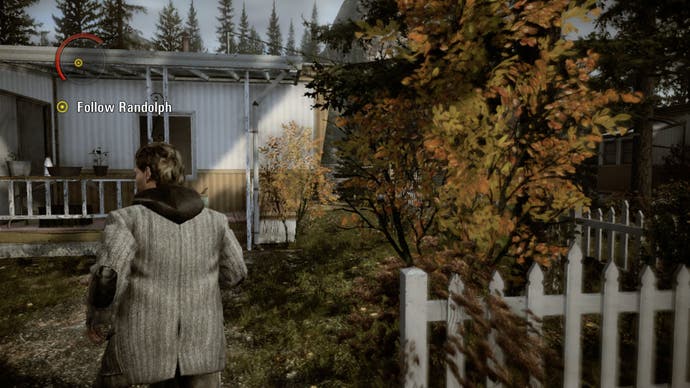
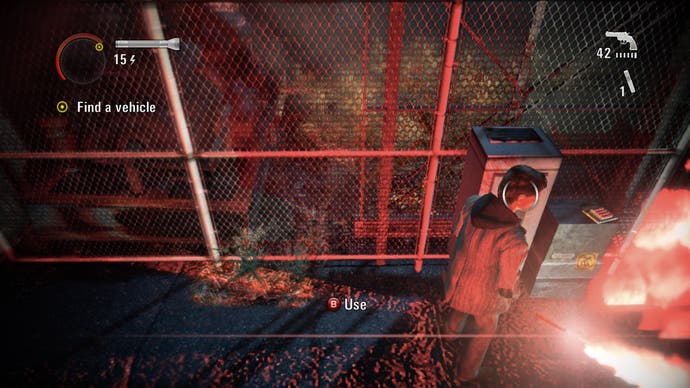
Now then, scaling can be very good (especially on well anti-aliased images), but inevitably, more pixels is always better. We have some idea of how Alan Wake would have looked at 720p since earlier development footage was indeed running at the native HD resolution. Indeed, you can see it yourself by looking at one of Remedy's earlier developer diaries, which we had a go at analysing back in August last year.
So, resolution dropped since then, but it also appears that anti-aliasing has been bumped up from the more standard 2x MSAA. Why? The footage displayed some performance issues, which is perhaps not so surprising. Alan Wake's heavy use of alpha must surely be a massive drain on the GPU. But bumping up to 4x MSAA means that Remedy can make use of the "cheaper" transparencies afforded by using "alpha to coverage", safe in the knowledge that the sub-pixel multi-sampling offered by the 4x would blend away almost all of the "screen door" effect that you get with this implementation. Look closely and you can see that Remedy even used alpha-to-coverage on Wake's hair.
Let's be frank. Atmosphere is one of the key components in making Alan Wake the game it is. There is no other game quite like it in that regard. Advanced lighting and shadowing and a masterful implementation of volumetric fog are essential elements in building the look and feel of Bright Falls. It's because of that approach that the softness of the image and the relative lack of resolution isn't so much of a big deal. Alan Wake is far from a perfect piece of software, it's definitely not without its faults, but the comparatively low pixel-count has little, if any, negative impact on the final, shipping game - and that has been borne out by the reviews, none of which have mentioned much in the way of visual drawbacks.
The 4x MSAA doesn't just allow Remedy leeway in its transparencies, it smooths off the majority of harsh edges, meaning that the ugliness of upscaled "jaggies" is not an issue. Bearing in mind the extended development time Alan Wake has had, and the fact that no developer is going to run the game at a lower resolution unless they really had to, we have to assume that Remedy's chosen solution here is the right one for what the studio set out to achieve. Upping resolution would have meant a reduction in anti-aliasing and almost certainly in performance. This is not to say that a native 720p framebuffer wouldn't look clearer and better (and it's a real shame that there's no PC build to provide that comparison) but in the context of Alan Wake's visual make-up, it's simply not as much of an issue as it would be on a vast range of other games.
Performance then. Alan Wake is a pretty consistent 30FPS game, as you would hope when the resolution has been reduced from the standard 720p down to 960x540. However, even with this reduction, there are performance issues, and you'll notice them within moments of picking up the joypad.



